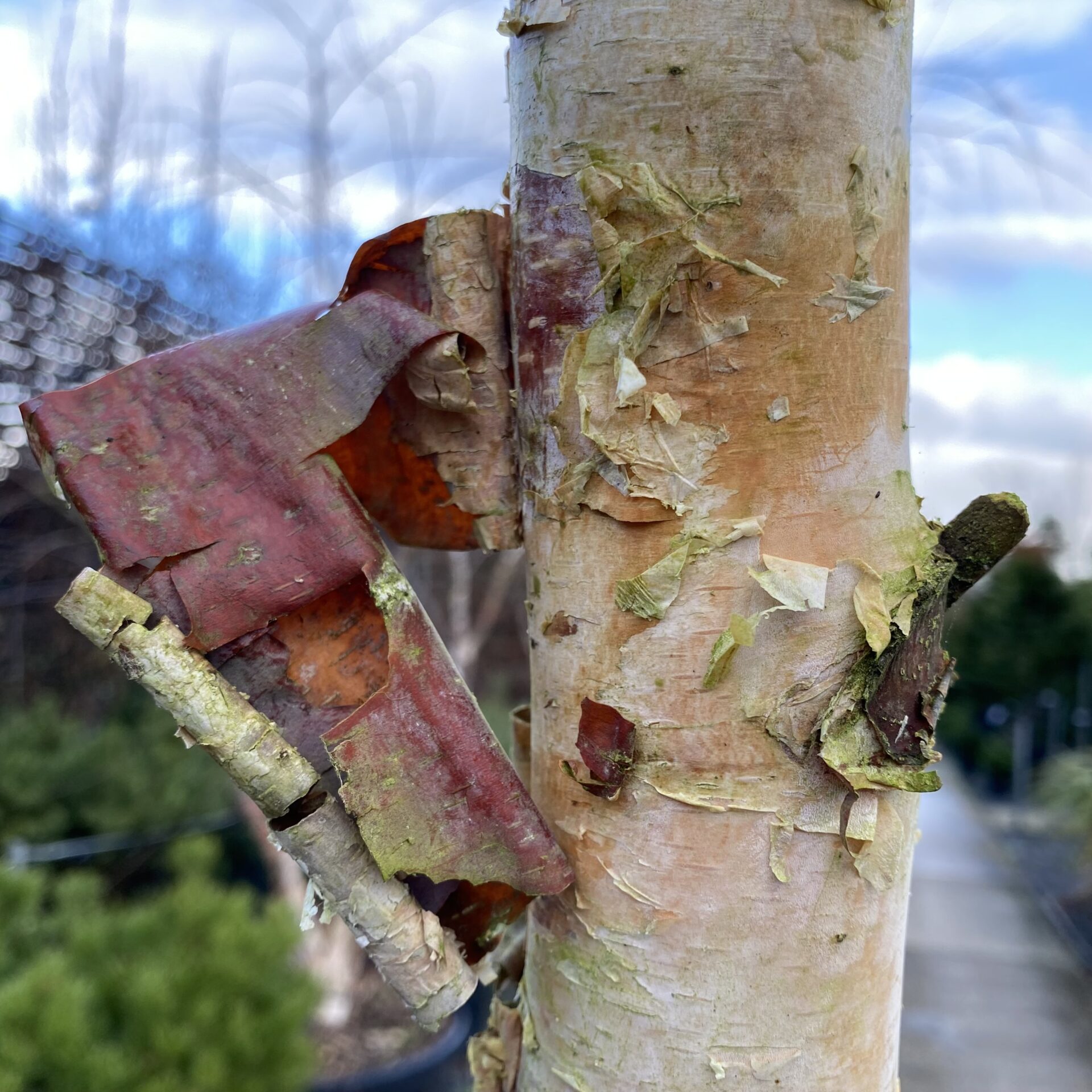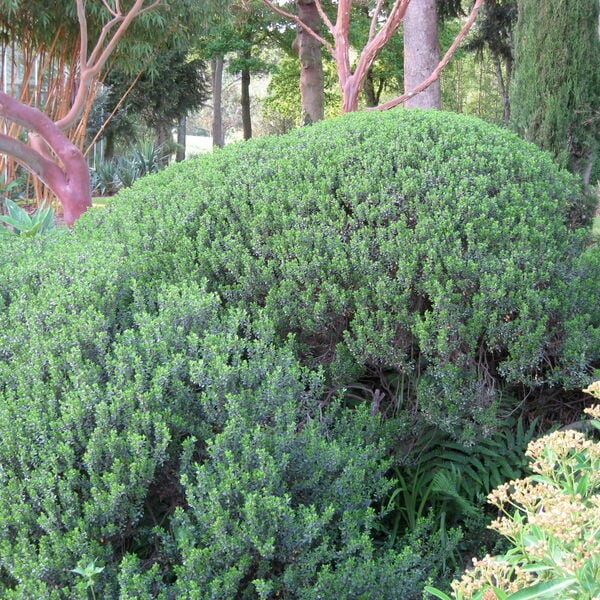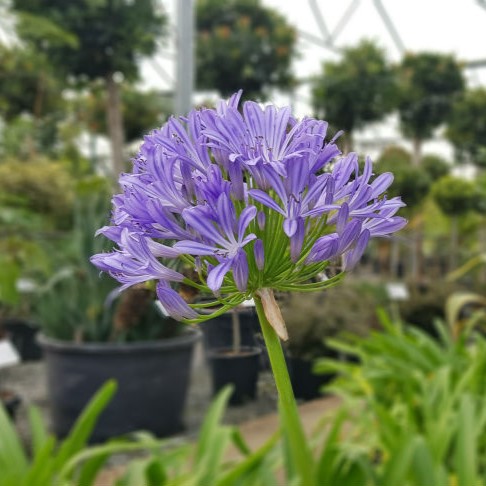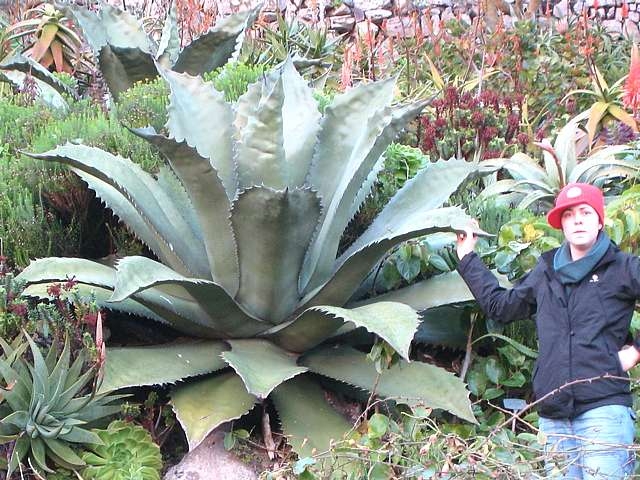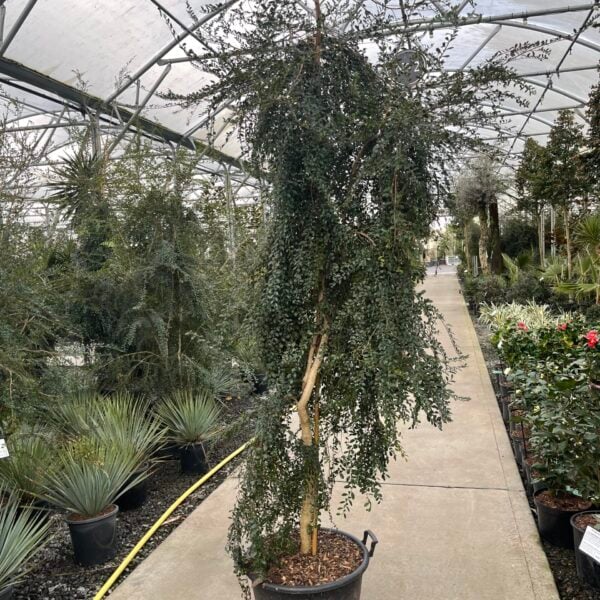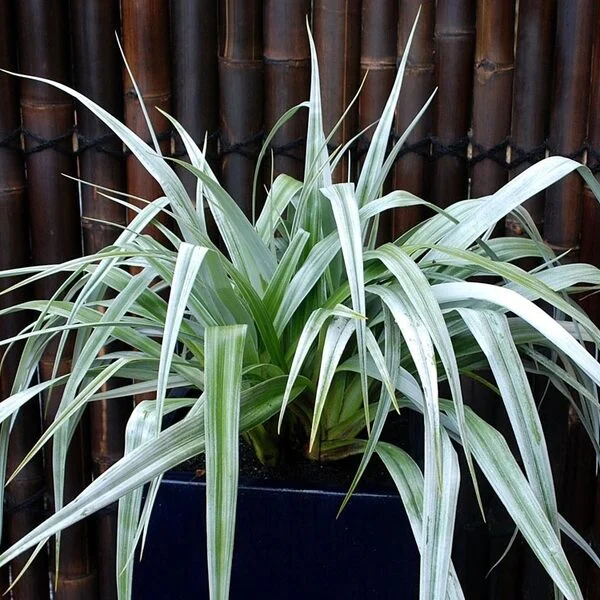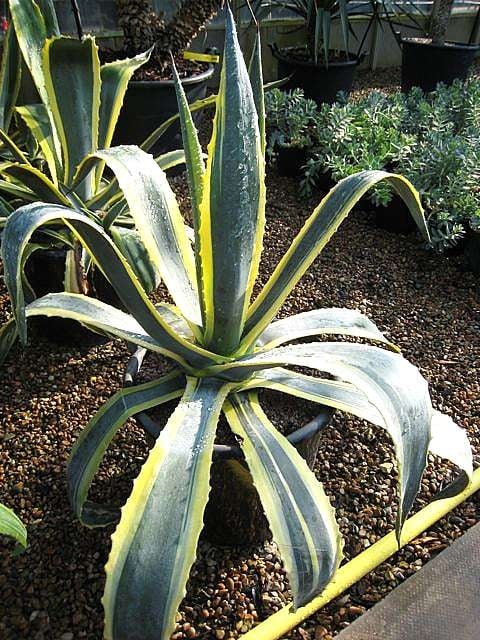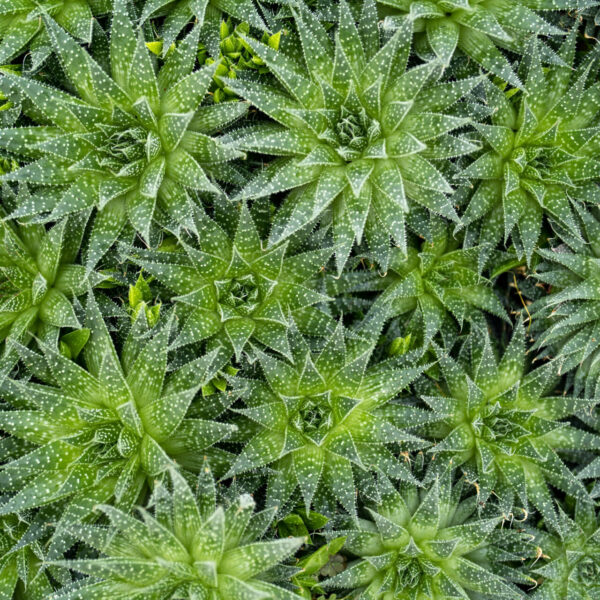Betula nigra (River Birch)
Deciduous tree (50 ft in 30 years) with decorative flaky bark of variable colour. Often multi-stemmed. Please contact us for stock availability and sizes.

Hardiness level Green
This tree is widely distributed throughout the south eastern part of the United States and as the name suggests, is often found growing on river banks and can tolerate long periods of inundation.
It's happy in most soils but needs plenty of light to do well and look good. The leaves are dark green on one side and yellowish green on the under side. It bears long hanging catkins (the flowers) in spring.
An immensely tough and hardy tree, well adapted to most conditions and most soil.
Propagated by seed.
The best time to prune birch trees is late summer or early autumn. It's usually only needed to remove dead, diseased and injured branches. When you prune at the correct time, you not only avoid sap flows, but you also avoid the egg laying season for most insects that infest pruning wounds. Birch tree borers are tree killers, and you should reduce the risk of attack by cutting after their early summer flying season whenever possible.
N.B. When clipping several plants with the same tool, have a bucket containing a 5% bleach solution and swish your blades around for 30 seconds between plants to sterilise them. This will help avoid the chance of cross contamination of disease.
As with all woody plants, plant high, exposing as much of the taper at the base of the trunk as possible. Allowing soil to accumulate round the base of a tree can be fatal. Keep very well watered when first planted.
Additional Information |
|
|---|---|
| Soil Type | |
| Light | |
| Plant Type | |
| Continent of Origin | |
| Specialist Plants | |
| Features | |
| Tree Size | |
| Situation | Coastal, Exposed (To wind and sun), Mild City Gardens, Sheltered Garden |
| Hardiness | |





